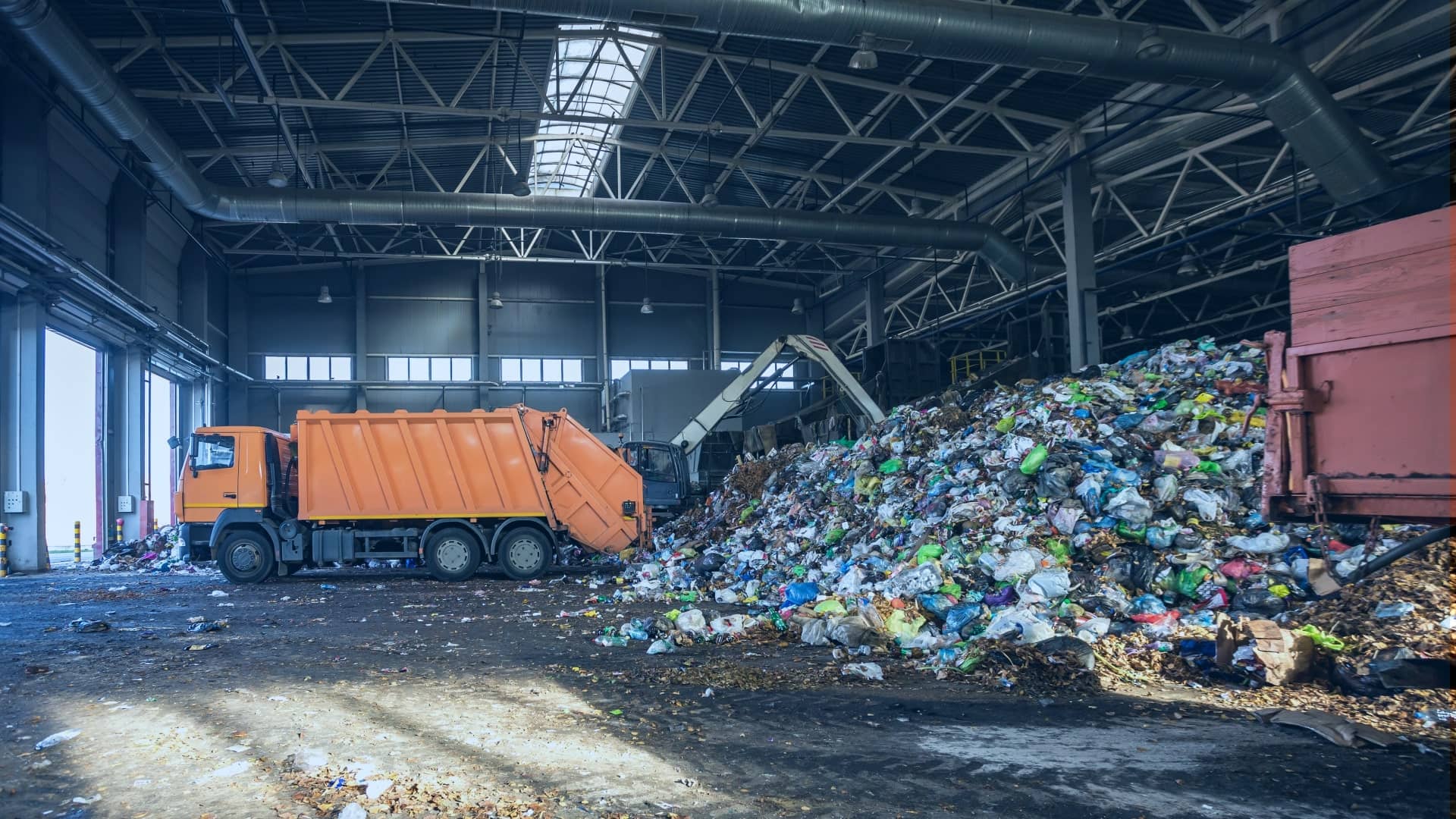The Ultimate Guide To Reclaim Waste
The Ultimate Guide To Reclaim Waste
Blog Article
The 20-Second Trick For Reclaim Waste
Table of ContentsGetting The Reclaim Waste To WorkSome Known Facts About Reclaim Waste.All about Reclaim WasteReclaim Waste for BeginnersThe Of Reclaim Waste
Domestic sewer waste refers to the waste and items from a residential septic tank. The correct monitoring and disposal of residential sewage waste call for fluid waste to be transferred to a sewage therapy plant where the proper methods and equipment are applied to detoxify and dispose of waste.
Industrial waste typically includes possible threats, such as combustible products or a mix of fluid and solid waste items, and requires an advanced and comprehensive disposal procedure. The disposal of business waste typically includes the filtration of waste before transportation to guarantee secure and appropriate disposal. Hazardous waste is created from byproducts and runoff of industrial processes and manufacturing.
This type of waste can not utilize the very same sewer administration transport or processes as septic or industrial fluids. The commercial waste monitoring process calls for the inspection and screening of liquid waste prior to it goes through the disposal process (liquid waste disposal). Overflow waste is the liquid waste that comes from runoff and excess stormwater in highly inhabited areas or cities
Drainage waste can cause contamination and flooding if not dealt with correctly. Discover more concerning drain cleaning and waste administration. Making sure appropriate waste management can avoid catastrophes and reduce ecological damage. Both individuals in property setups and professionals in business or manufacturing industries can gain from understanding the procedures and regulations of liquid waste management.
How Reclaim Waste can Save You Time, Stress, and Money.
Call PROS Solutions today to learn more about our waste monitoring and disposal services and the proper means to take care of the liquid waste you produce.
(https://profile.hatena.ne.jp/reclaimwaste1/)This supposed 'wastewater' is not only a vital source however, after therapy, will be released to our land, rivers or the sea. Used water from commodes, showers, bathrooms, kitchen sinks, washings and industrial procedures is understood as wastewater.

water used to cool down equipment or clean plant and tools). Stormwater, a kind of wastewater, is overflow that moves from farming and metropolitan areas such as roofing systems, parks, yards, roads, paths and gutters right into stormwater drains, after rain. Stormwater streams neglected straight to local creeks or rivers, eventually getting to the sea.
An Unbiased View of Reclaim Waste
In Queensland, a lot of wastewater is treated at sewage treatment plants. Wastewater is moved from domestic or industrial sites through a system of drains and pump stations, recognized as sewage reticulation, to a sewer therapy plant.
The Department of Natural Resources advises city governments concerning handling, operating and keeping sewerage systems and treatment plants. In unsewered areas, regional federal governments might need householders to mount private or family sewage therapy systems to deal with domestic wastewater from commodes, kitchen areas, shower rooms and laundries. The Division of Natural Resources authorizes making use of home systems when they are verified to be reliable.
A lot of stormwater receives no therapy. In some new communities, therapy of some stormwater to get rid of clutter, sand and gravel has actually started using gross contaminant traps. Wastewater therapy happens in four phases: Removes solid matter. Bigger solids, such as plastics and other items mistakenly discharged to sewers, are removed when wastewater is gone through displays.
Wastewater then moves right into huge storage tanks where solids resolve and are gotten rid of as sludge. Grease and scum are skimmed from the surface area. Utilizes little living organisms called micro-organisms to damage down and get rid of staying dissolved wastes and great particles. Micro-organisms and wastes are included in the sludge. Eliminates nitrogen and phosphorus nutrients that might create algal blossoms in our waterways and intimidate water life.
4 Easy Facts About Reclaim Waste Explained
Nutrient elimination is not offered at all sewage treatment plants because it calls for pricey specialized tools. It is becoming extra typical in Queensland. Clear fluid effluent created after treatment may still contain disease-causing micro-organisms. If this effluent is launched into rivers such as rivers or the sea, the micro-organisms will eventually pass away out.

The majority of wastewater streams into the sewerage system. Under the Act, regional governments carry out approvals and permits for environmentally pertinent tasks (ERAs) involving wastewater launches that could have a regional influence.
The 8-Minute Rule for Reclaim Waste
Monitoring offers valid information regarding water high quality and can verify that permit conditions are being fulfilled. The details acquired via surveillance provides the basis for making water quality decisions.
Report this page